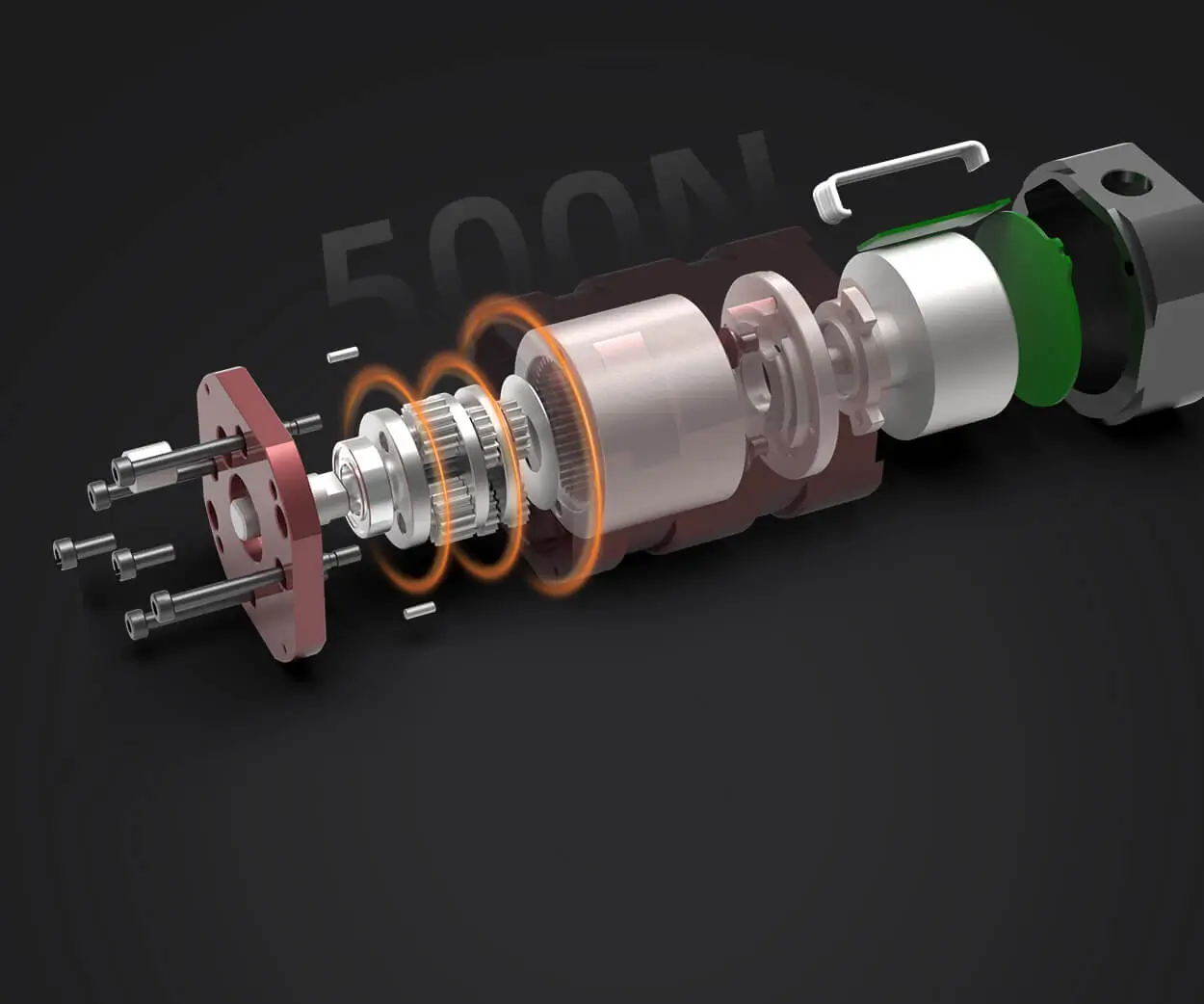Certainly! Here is the first part of your soft article on "AC Servo Motor Working," tailored to be engaging and informative:

Imagine a machine that can move with the grace of a skilled dancer—precise, smooth, and responsive to every command. This is the magic of AC servo motors, the unsung heroes powering robots, CNC machinery, camera autofocus systems, and a myriad of automation feats we rely on daily. But how do they master the art of intricate movement and exact positioning? The secret lies in their sophisticated working principles and innovative design.
What Is an AC Servo Motor?
An AC servo motor is a specialized type of electric motor designed for high-precision control of angular or linear position, velocity, and acceleration. Unlike simple motors, which run continuously once powered, servo motors are part of a closed-loop control system. They receive feedback from sensors and continuously adjust their output to precisely reach and maintain target positions or speeds.
These motors are most often used where accurate positioning is vital because of their ability to deliver high torque at various speeds while maintaining stability. Their versatility makes them the backbone of advanced automation systems and robotic arms, where tiny movements can translate into significant process advancements.
Core Components and Structure
At its core, an AC servo system consists of several critical elements:
Motor: Usually an asynchronous (induction) or synchronous motor. Synchronous servo motors, such as permanent magnet synchronous motors (PMSMs), are common due to their efficiency and precise control capabilities.
Encoder or Feedback Device: Provides real-time data about the motor’s position, speed, and direction. High-resolution encoders are often employed for meticulous control.
Servo Drive (Controller): Acts as the brain, receiving commands from a control system and adjusting the motor’s power accordingly. It interprets feedback and applies complex algorithms to maintain desired movement.
Power Supply: Provides the necessary energy for motor operation. It must be stable and capable of delivering quick responses to changing demands.
How AC Servo Motors Work: The Fundamental Principles
The operation of an AC servo motor hinges on the interplay of electromagnetism, advanced control algorithms, and real-time feedback. The basic working process involves these steps:
Command Input: The control system sends target position, speed, or torque commands to the servo drive.
Electrical Excitation: Based on these commands, the servo drive energizes the motor’s stator windings with alternating current, creating a rotating magnetic field.
Interaction with Rotor: The rotor, which can be a permanent magnet or an electromagnet, reacts to the stator’s magnetic field. As the magnetic poles interact, the rotor begins to turn.
Feedback and Adjustment: The encoder continuously monitors the rotor’s position and relays updates to the servo drive. The drive compares actual and desired positions, then adjusts the current supplied to the windings to minimize error.
Precise Control: This feedback loop enables the system to swiftly correct any deviations, ensuring the motor moves exactly as commanded, with high resolution and minimal delay.
The Role of Control Algorithms
At the heart of an AC servo motor’s precision is the control algorithm—often a PID (Proportional-Integral-Derivative) controller or more advanced methods like Vector Control or Field-Oriented Control (FOC).
PID Control: Balances the differences between actual and target values, adjusting the motor input in proportion, integral, and derivative terms to smooth out responses and eliminate steady-state errors.
Field-Oriented Control: Converts the three-phase motor currents into two direct axes (d and q), simplifying the control of torque and flux. This enables rapid and precise changes in motor behavior, making high-speed, high-accuracy motion possible.
Advantages of AC Servo Motors
The intricate working mechanism of AC servo motors grants them several advantages:
High Precision and Accuracy: Capable of positioning within fractions of a degree.
Rapid Response: Quick acceleration and deceleration, essential for dynamic applications.
Energy Efficiency: Reduced power wastage due to sophisticated control and design.
Reliable and Durable: Designed for continuous operation in demanding environments.
Applications Spanning Industries
From tiny camera autofocus systems to massive industrial robots, AC servo motors are everywhere:
Manufacturing: Precision machining, assembly lines, and robotic arms.
Electronics: Semiconductor fabrication and testing equipment.
Aerospace: Antenna positioning, control surfaces.
Medical: MRI machines, surgical robots.
In the next part, we will delve deeper into advanced control techniques, innovations enhancing AC servo motor performance, and their future trajectory in automation technology.
Leveraging innovations in modular drive technology, Kpower integrates high-performance motors, precision reducers, and multi-protocol control systems to provide efficient and customized smart drive system solutions.




































